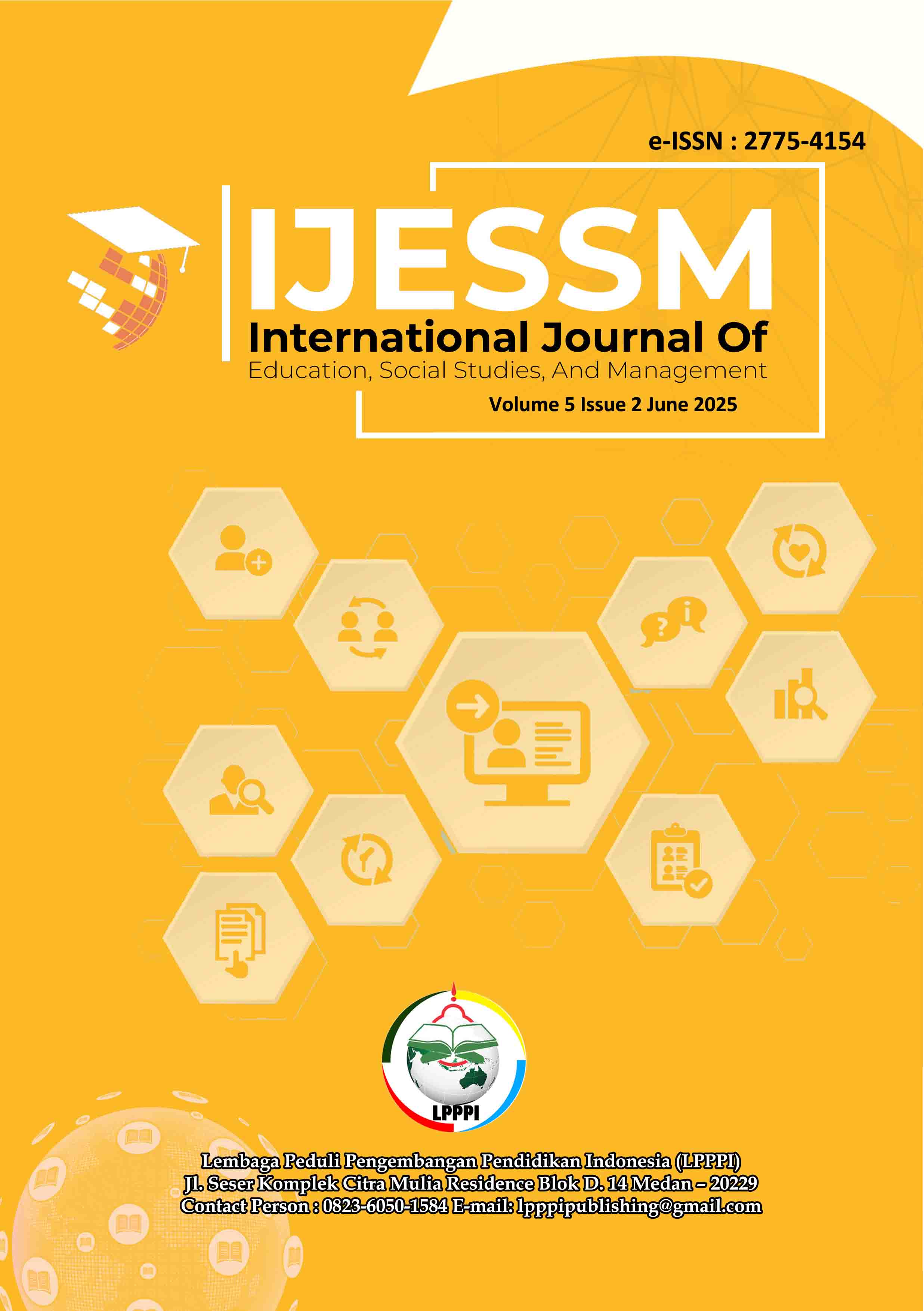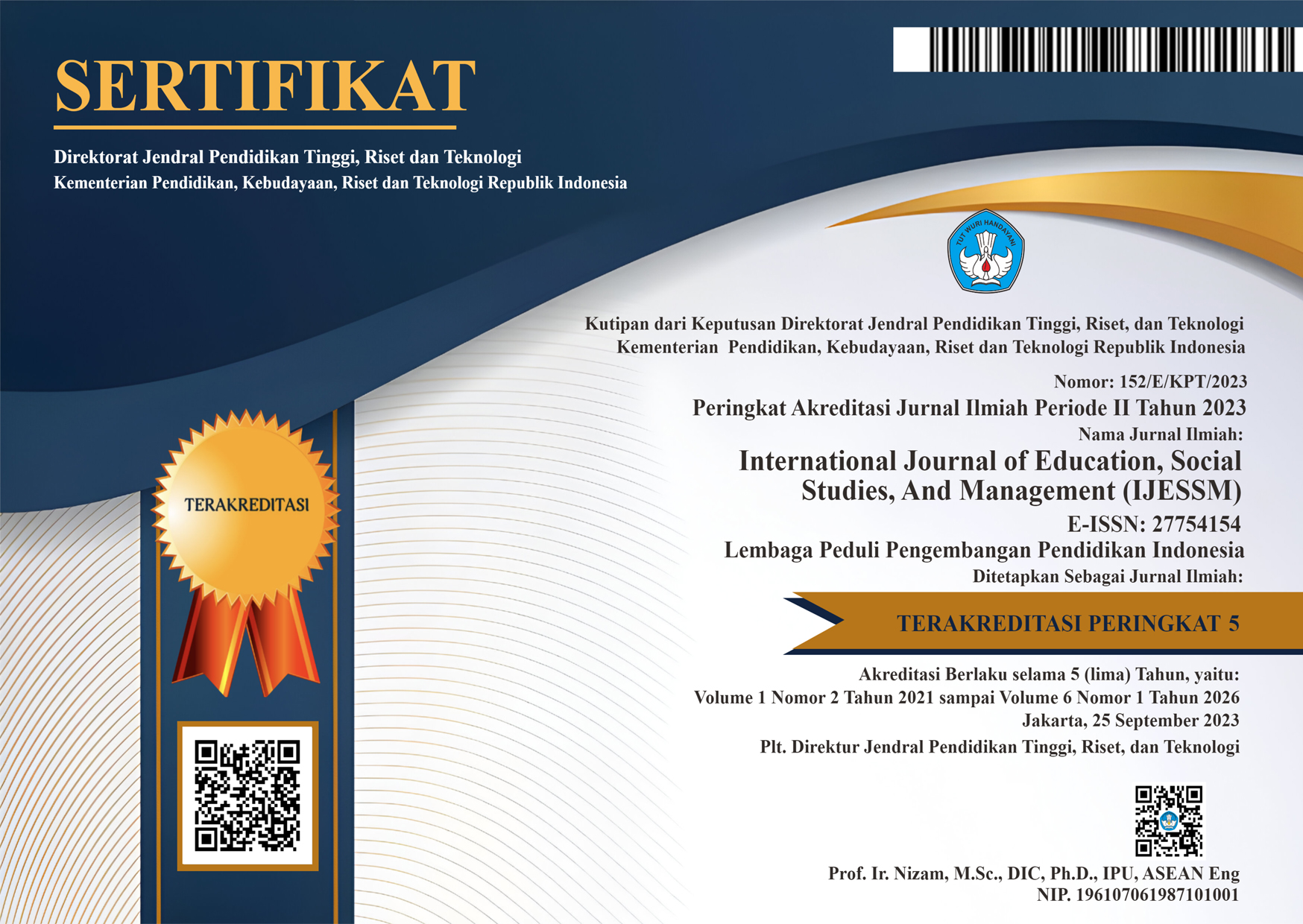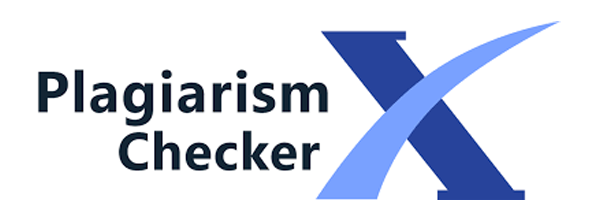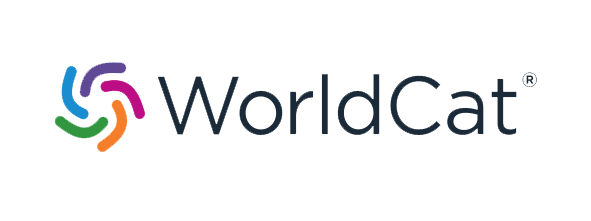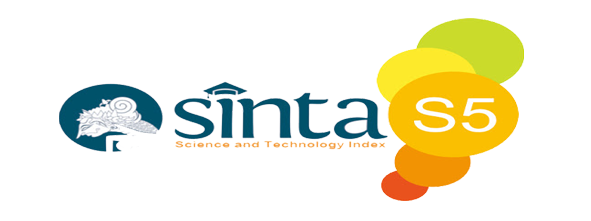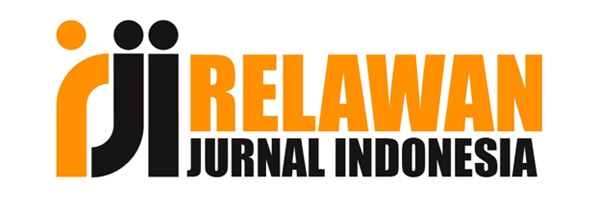Main Components and Functions in Developing the PAI Curriculum in MIS Fauzan Al Islamiyah
DOI:
https://doi.org/10.52121/ijessm.v5i2.851Keywords:
Curriculum, Islamic Religious Education, Curriculum Components, Curriculum Functions, MIS Fauzan Al IslamiyahAbstract
The development of an Islamic Religious Education (PAI) curriculum in MIS FAUZAN AL ISLAMIYAH is a crucial aspect in shaping the character and morals of students. This article aims to identify the main components and their respective functions in the PAI curriculum development process. This study uses a qualitative approach with a library research method that focuses on literature related to curriculum theory and PAI implementation in MIS FAUZAN AL ISLAMIYAH. The results of the study indicate that five main components in PAI curriculum development include learning objectives, teaching materials, learning strategies, evaluation, and the learning environment. Each component has interconnected functions in forming an effective curriculum system. Learning objectives serve as a direction for achieving students' religious competencies, teaching materials as the content delivered, strategies as the delivery method, evaluation as a tool for measuring results, and the learning environment as a supporter of the process of Islamic character formation. With a comprehensive understanding of the functions and interrelationships between components, PAI curriculum development in MIS FAUZAN AL ISLAMIYAH can be directed in a more structured manner and in accordance with Islamic values and the demands of the times.
Downloads
Published
How to Cite
Issue
Section
License
Copyright (c) 2025 Raudhatul Jannah, Ahmad Syukur

This work is licensed under a Creative Commons Attribution 4.0 International License.

